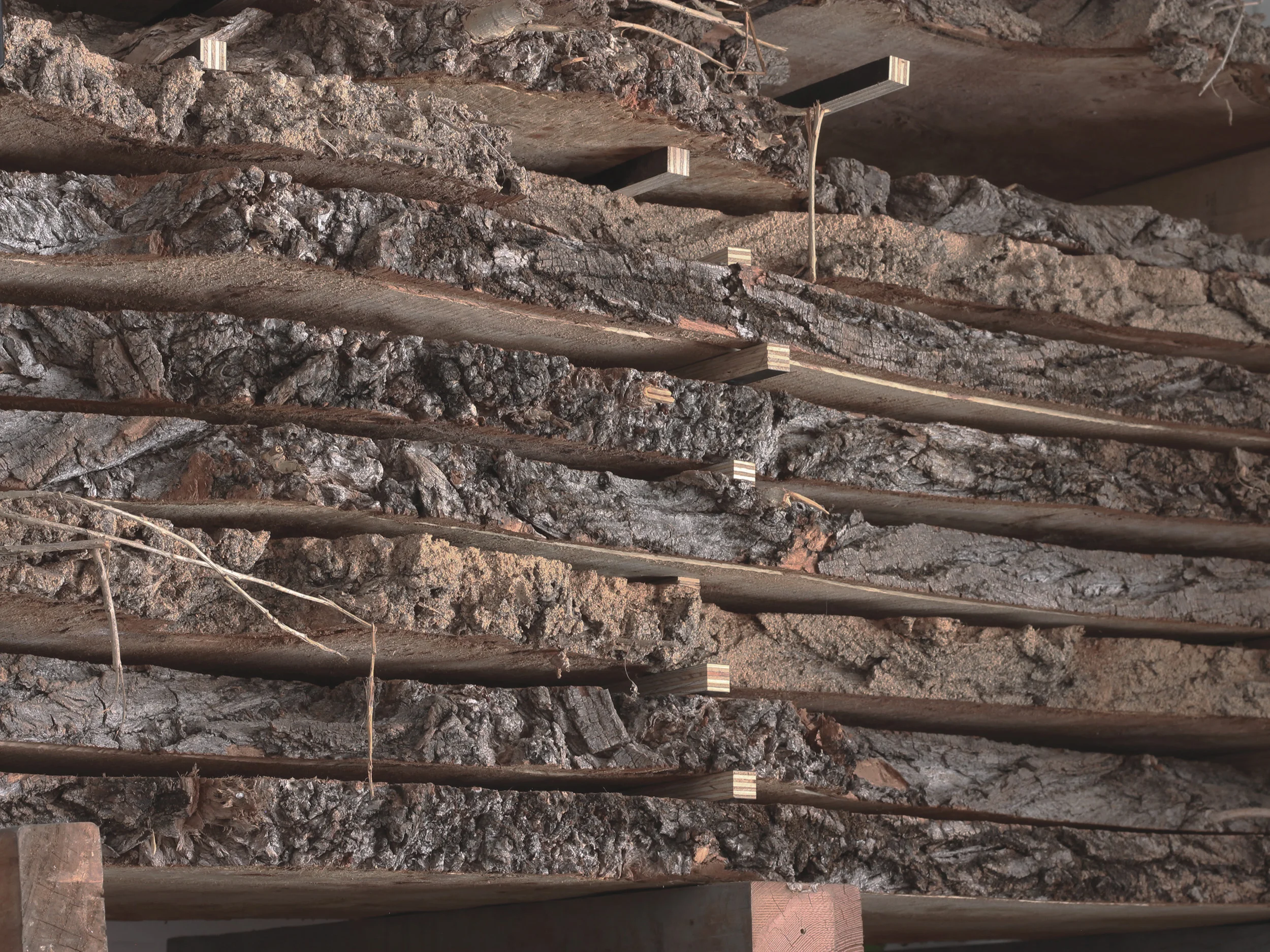Working closely with a network of arborists and specialist saw-millers, Justin sources logs from trees which have fallen or been removed, and converts them into timber for use in studio projects.
The resulting furniture exhibits textures and tones impossible to replicate using conventional timbers. The life of the tree is easy to trace through the lines and markings in the surface. Each piece of furniture becomes a lasting homage to the life of that particular tree and carries with it a resonance of the place in which it grew.
“My concerns surrounding the commercial timber industry, particularly the environmental impact of the importation of American and European timbers, and of contemporary forestry practices in general, has led me to source my materials, where possible, via alternative methods.
Initially this meant utilising timbers salvaged from the building demolition process, however in recent years I have taken the management of my material choices further still.”
By acquiring entire logs from trees which have either fallen in storms or been removed to make way for building development, and personally managing the conversion process of these logs into useful timber, Justin is able to minimise the environmental impact of the studio enormously.
While these processes require a greater investment of time and labour, the resulting material is of a size and texture completely unique to his practice. Viewed as a waste product by the tree removal industry, these logs now continue to have a life beyond that of the tree.
